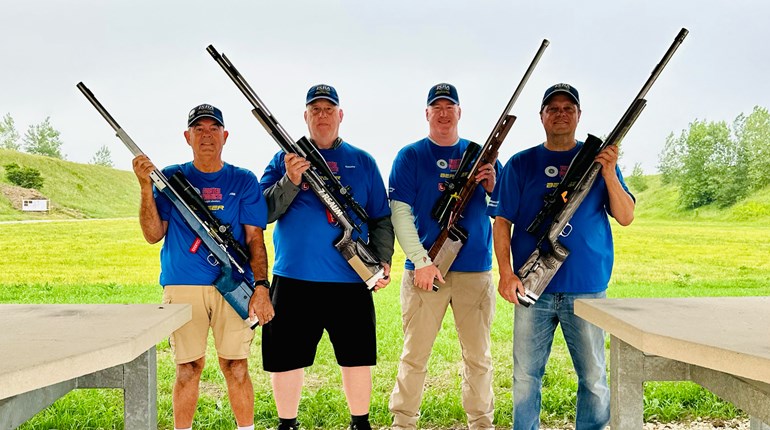
“While still far short of the great spectacle of pre-war days, when the ranges now incorporated into the Erie Ordnance Depot permitted a concurrent firing of all three tournaments and Uncle Sam underwrote the program, it [1953 National Matches] was a most heartening experience and gave promise for the future.”
—NRA Executive Director Merritt Edson in The American Rifleman, October 1953
The 1953 edition of the National Matches marked 50 years since the inaugural competition was fired and the significance was underscored by the reincarnation of the event’s most popular site. After a lapse of more than a decade, shooters once again embraced Camp Perry as home to America’s acclaimed national pistol and rifle championships—a role it first played in 1907. It was 1940 when the last complete National Match program was held at the same location and shooters celebrated in 1953 in true competitive fashion—with record numbers of matches decided by V and X counts.
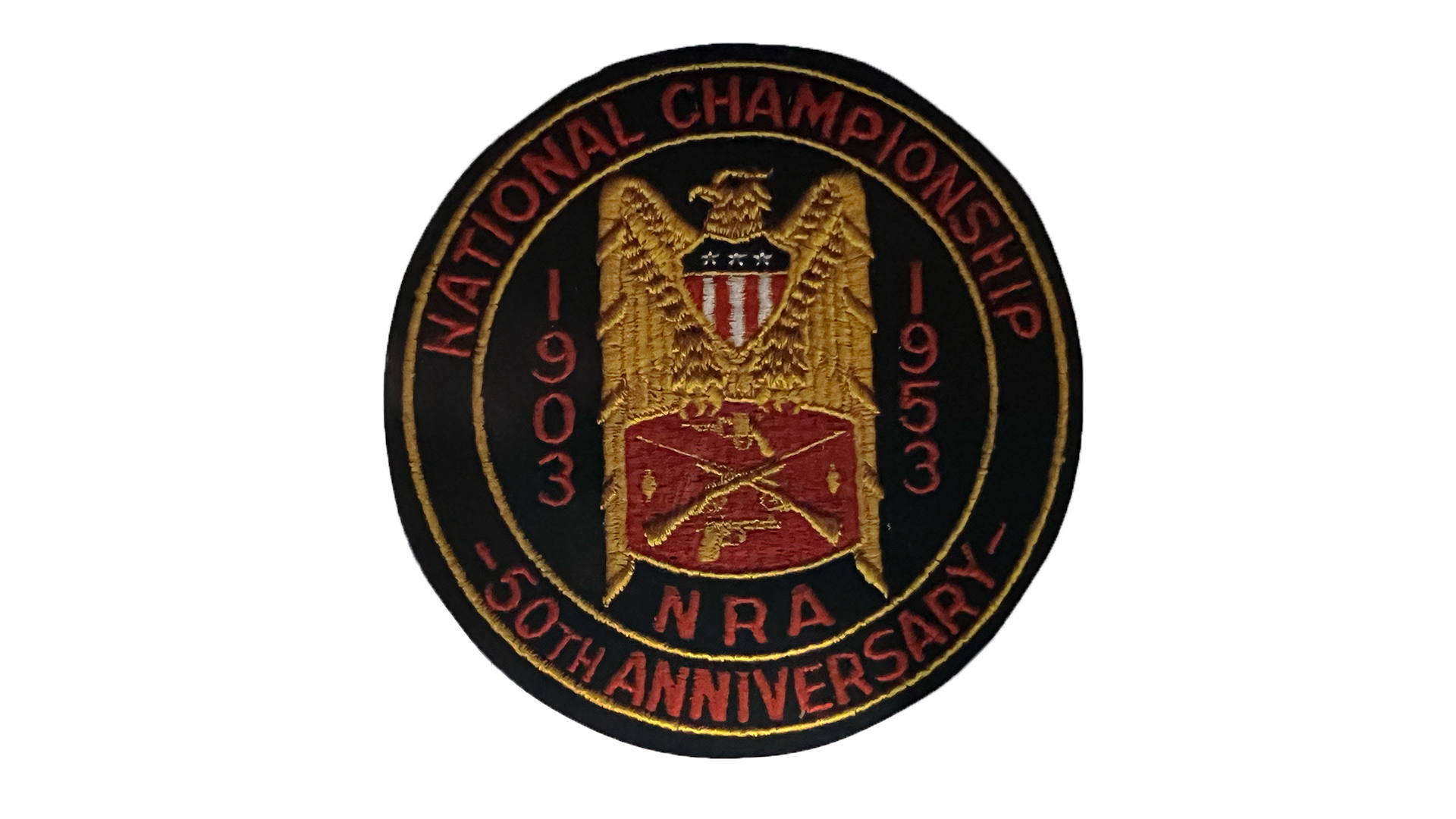
From an economic standpoint, however, the 1953 National Match appropriation did not provide much cause for celebration. The National Board’s request for an allocation of more than $500,000 was not approved by the Department of Defense and Budget Bureau, which in turn granted $100,000. Consequently, competitors who owned M1s were asked to bring them to Camp Perry as a limited number of service rifles were available for issue and no pistols were issued, although service ammunition was provided for both disciplines.
Camp Perry did not escape the effects of war without change as visitors to the 1946 and 1947 National Pistol and Smallbore Matches found. Most noticeable in 1953 remained the fact that upon the competitors’ arrival and registration on base, housing consisted not only of tents but also of former prisoner of war hutments that accommodated four to six competitors each. Additionally, the overall reduction in area due to the expansion of the neighboring Erie Proving Grounds made it impossible to conduct all three phases of the National Matches during the same period. Land that was affected included that which was formerly used for the police school, as well as the pistol and smallbore ranges and a portion of the 1,000-yard range.
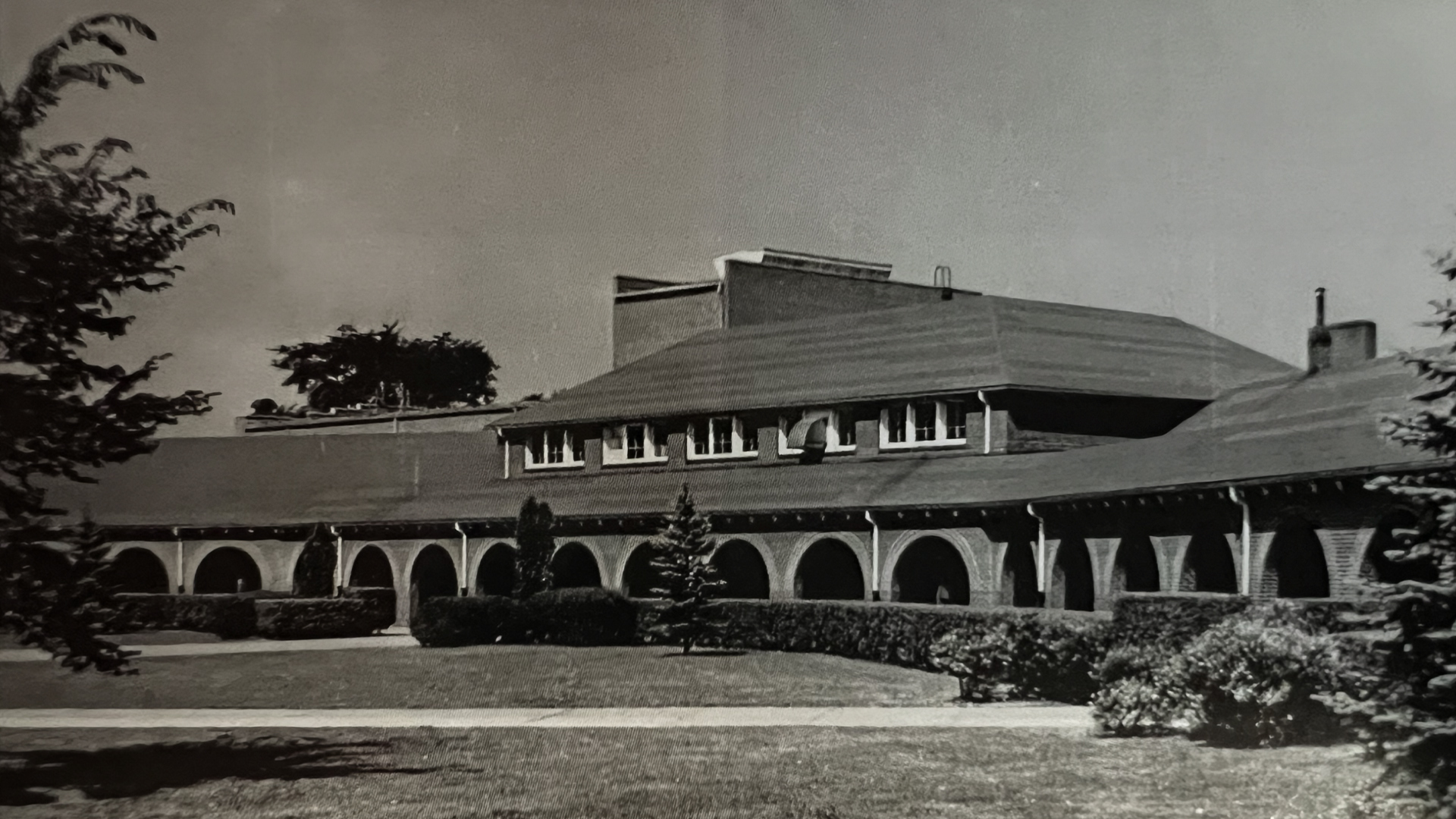
Executive Officer Col. Noah Rodeheffer directed a staff of Marines that consisted of 50 officers and 600 men for this year's matches, which drew more than 2,500 competitors. The schedule began with the concurrent firing of smallbore and pistol events, followed by the return of the Small Arms Firing School, last held in 1941. The five-day training period was conducted in two parts, with one segment geared toward small arms and M1 instruction for marksmen and instructors, while the other was for range officers and official referees. High power competition was conducted during the latter part of the match program and the staggered schedule made it easier for pistol and smallbore shooters to compete with the big bore.
Commercial Row was welcomed in its return to the Camp Perry scene and special exhibits on antique firearms were made possible by the work of the relatively new NRA Gun Collectors Committee, which was also responsible for the inclusion this year of pistol and rifle muzzleloading matches to the program. This non-championship addition to the match schedule proved very popular and shooters had access to rifles and instruction courtesy of the National Muzzle Loading Rifle Association (NMLRA). (Note: The National Muzzleloading Championships did not become an NRA-sanctioned event until 1996.)
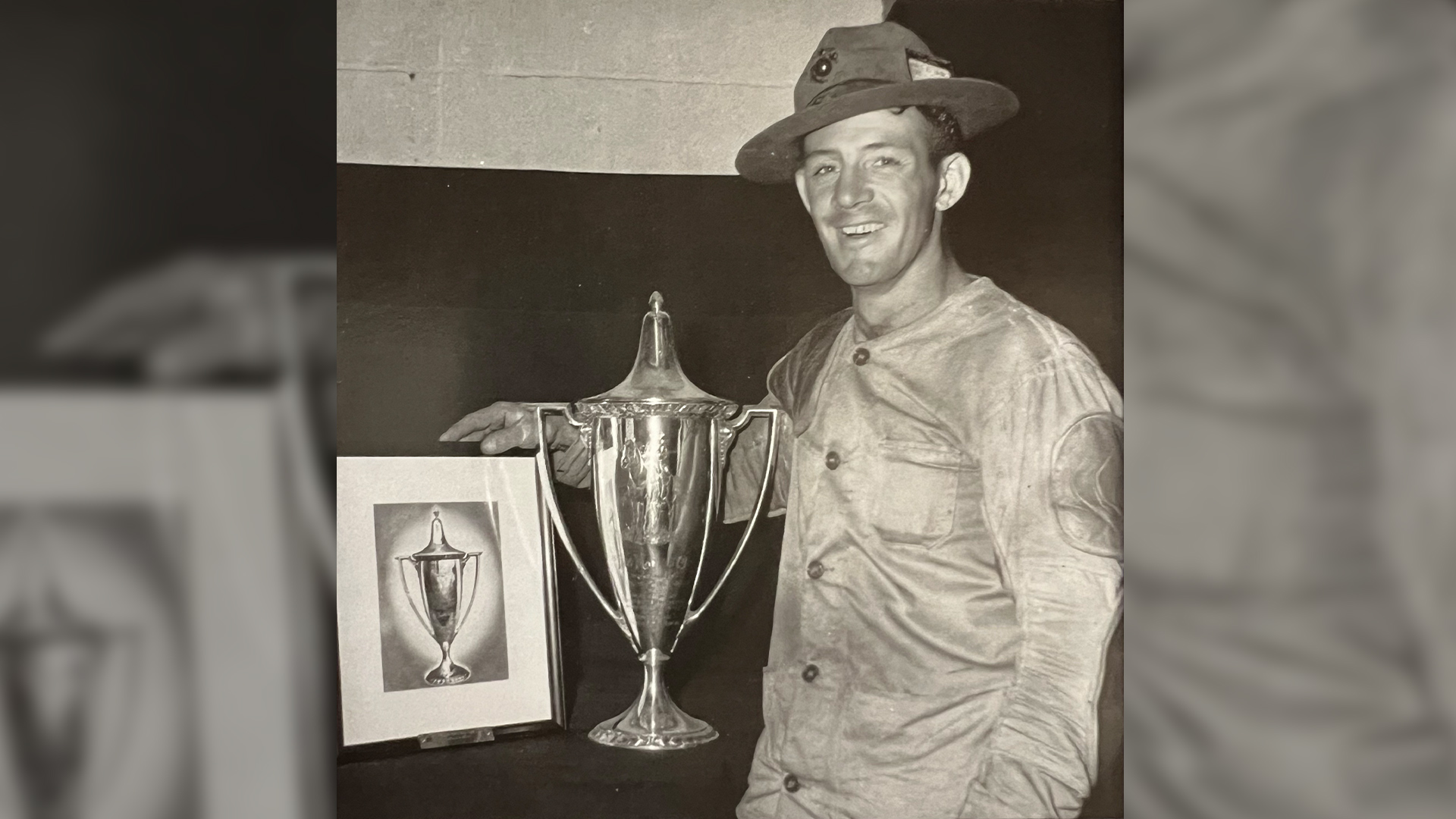
The NRA again furnished regional winners with round trip rail fare to Camp Perry and performances in 1953 were some of the most competitive in National Match history. The national pistol title was not decided until the last shot when the Harry Reeves-Joe Benner battle ended in a win for Reeves, his fifth. Top women performances included those by Margaret Culbertson of Sierra Madre, California, who won the women’s title, a Lucile Chambliss of Winter Haven, Florida who became the first woman to make the Mayleigh Cup Team and fired the fourth highest score of the 10-person squad. In team pistol competition, the three NRA matches were won by three different services: the Army won the .22 event, the Marines won the .38 event and the .45 match was won by the Navy. In the Board matches, Marine M/Sgt. Jewell C. Palmer won the individual event with a national record 287, while the Army earned the team title with a win over the Los Angeles Police Department.
On the smallbore side, John Crowley of Connecticut won the national title over New Jersey resident Charlie Whipple and Iowan John Moschkau by virtue of a higher X count in a near perfect 3197x3200 performance that verified the report in NRA’s Tournament News that “so many 400 possible scores were fired that many times one had to look down past the first 100 places in a match to find a 399. Example: In the 50-yard any-sight match, 243rd place was taken by a 400 possible score.” The women’s champion, Viola Pollum of Brookville, Pennsylvania, also earned her title via X count over runner up Neva Seagly.
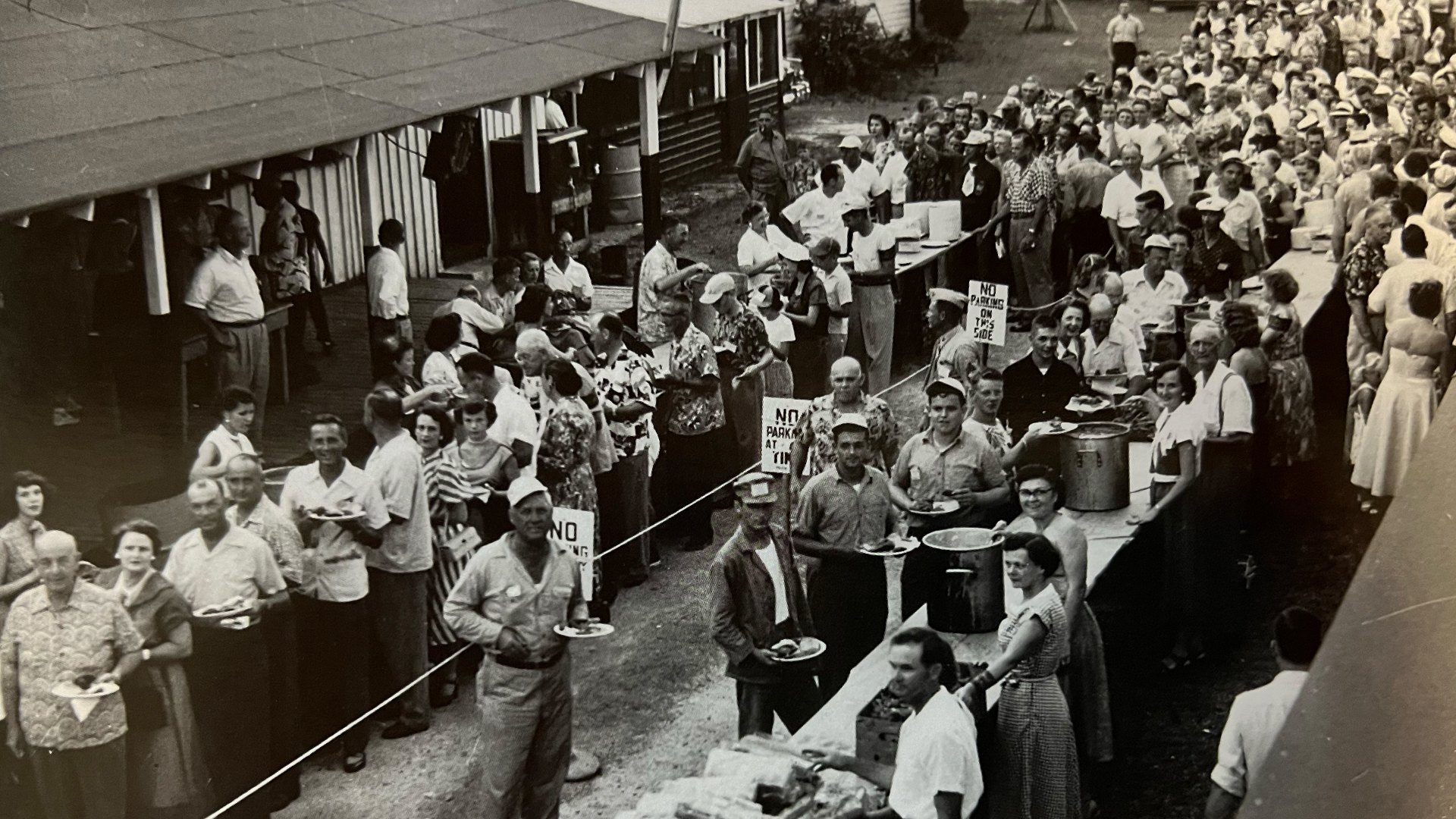
High power was not excluded from the excitement this year as many matches were decided by V counts. Among the winners was Marine S/Sgt. Don L. Smith, who earned the national match rifle title by one point over the likes of Art Jackson. Walter Walsh and Ammon E. Bell, of Hummelstown, Pennsylvania. Smith’s teammate, M/Sgt. M.R. Beebe, won the service title and NRA Director Alice Bull defended her women’s title. W.K. Turpie of Befley, Ohio, won the Wimbledon Cup with a 100-14V and the President’s Match was won with a match rifle score of 149-18V by D.A. Faulkner of San Diego. T/Sgt. J.A. Zahm fired an M1 in the match and also scored a 149 but fell five Vs short of Faulkner. National Trophy Individual honors went to Marine M/Sgt. H.E. Taylor with a 241-21V, while the Marines finished atop the field of 65 to win the National Team match.
1953 National Matches Fact
The NRA awarded engraved firearms in 1953 to its national champions and special awards to women, juniors, civilians and collegiates in most other matches. The national smallbore champion had a choice of a Remington 37 or Winchester 52. The high power match rifle winner received a Winchester 70 while the service champion could choose the same or an M1. Pistol winners had six options, one of which was the .22 High Standard Supermatic.














